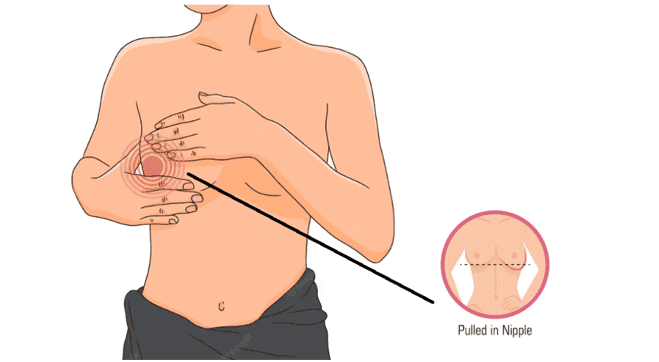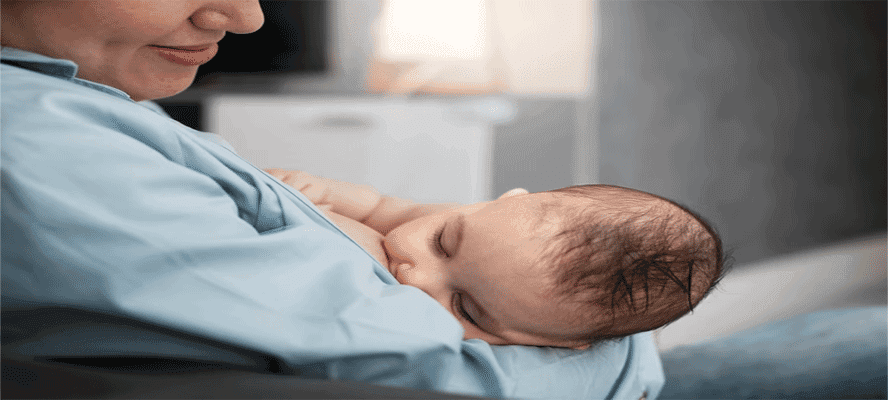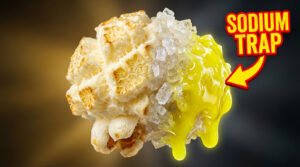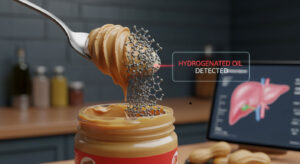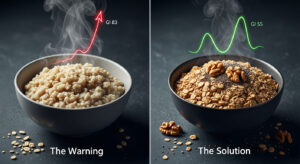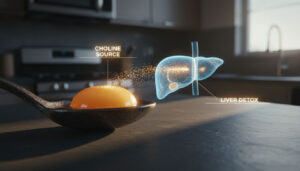What Are Inverted Nipples (Retractable Nipples)?
Nipples pointing inwards or lying flat around the areola are known as inverted nipples or retracted nipples. These nipples do not point outwards but are turned inside since birth or due to some underlying condition. You can have inverted nipples on either or both of your breasts, which are usually not alarming. However, if you notice them inverting suddenly, you should immediately seek medical help.
Did you know:
Inverted nipples are due to underdeveloped milk ducts of the fetus in the womb. When the nipple base stays small in the womb, it prevents the milk ducts from completely developing, leading to inward nipples.
Classification of Inverted Nipples
The classification of inverted nipples is as follows:
- Grade 1: Under this grade, the nipple can easily be pulled outwards without much assistance. They can also remain in this state due to cold or stimulation. Women can easily breastfeed with this type of inverted nipple.
- Grade 2: Under this grade, you might require some assistance to pull out the nipple, but it will instantly go back to its original state. One might experience some trouble breastfeeding in this state.
- Grade 3: In this grade, the nipples are completely inverted and cannot be pulled out by hand. Women cannot breastfeed with this grade of nipple inversion.
What Causes an Inverted Nipples In Women
Inverted nipple causes can either be from birth or developed over time. Here are the major causes of an inward nipple and if you should be worried about the same:
Aging
As you age, your milk ducts get shorter, making your nipples turning inwards. As a woman approaches menopause, she starts noticing her nipples retract. There is nothing to be worried about in such cases.
Breast Injuries
Breast injuries from breastfeeding, surgery, or any injury can often lead to inverted nipples. The scarring from breastfeeding is a major reason women get inward nipples after pregnancy. You may need to check with your healthcare provider for any infections.
Infections
Infections and inflammations are major causes of sudden cases of nipple inversion.
- Bacterial infection, also known as Mastitis, is one of the conditions in which bacteria enter the milk ducts and cause an infection.
- Mammary Duct Ectasia is the case of your milk ducts getting clogged and causing an infection.
- Abscess under the areola glands is a case of infection wherein pus collects around the areola. This is often a result of nipple piercings or a symptom of diabetes.
Cancer
Breast cancer is a serious risk associated with inverted nipples. If the tumor attacks your milk ducts from behind the nipple, it leads to an inversion. Under Paget’s disease, one or more cancer cells attack your nipples, causing them to turn inward or flat. To diagnose these, doctors can conduct a mammogram and ultrasound or conduct a biopsy.
Did you know:
Grade classification of nipple inversion is the most common. This grade does not require any particular treatment, and one can lead a normal life with this type of inverted nipple.
Inverted nipple causes can be many, including a combination of developmental factors, hormone changes during pregnancy and breastfeeding, aging and gravity, and trauma or breast surgery. While they may not signal any underlying health issues, their existence can sometimes have an emotional or psychological impact on people. Remember that each body is unique, and inverted nipples, like any other physical attribute, should be accepted as part of one’s identity.
Symptoms of Inverted Nipples
The symptoms of an inverted breast nipple due to an infection or cancer are as follows:
- Tender and sore breasts
- Redness around the nipple
- Lump around or behind your nipple
- Discharge that is bloody, white, green, or black
- Dimpling nipple skin that is flaky, itchy, and with scales
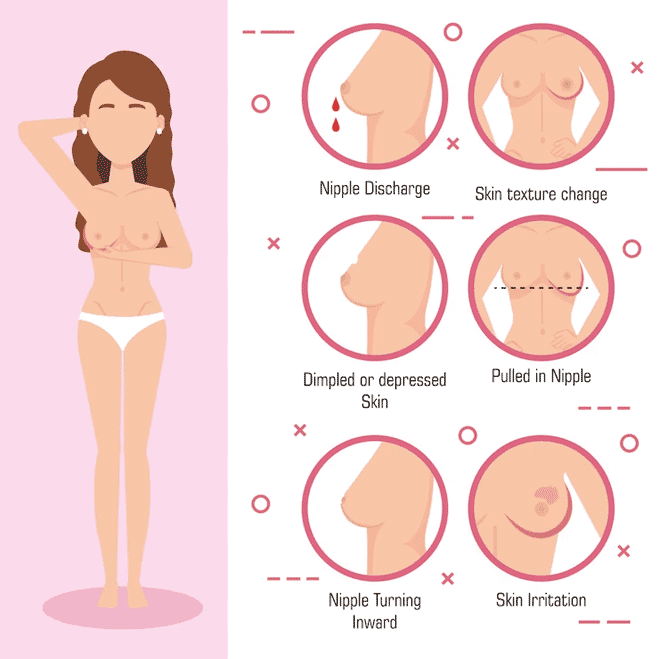
Inverted Nipple Treatments
Although Grade 1 and Grade 2 nipple inversion do not pose any challenges, people with Grade 3 nipple inversion require inverted nipple treatments. If you are searching for information on “how to get rid of inverted nipples,” especially in cases where nipple retraction is linked to cancer, various inverted nipple treatment options are available:
- Oral medications – Your medical professional can prescribe antibiotics to help drain any abscess to treat the infection that is leading to retracted nipples.
- Hormone therapy – Hormone therapy, chemotherapy, or radiation can be suggested in advanced cancer stages. As the symptoms of cancer recede, your nipple inversion will reduce too.
- Cosmetic Surgery – For aesthetic purposes, you can opt for cosmetic surgery to get rid of inward nipples completely. Surgery is also suggested for people with advanced stages of cancer to remove any lump in the nipple.
Apart from these, you can practice certain techniques that will allow you to draw out the nipple naturally. The Hoffmann technique requires you to place your thumbs on either side of the nipple and pull down and apart to make the nipple pop out. You can also try mild suction devices like breast pumps to pull your nipple out temporarily.
While flat nipples may initially seem like an insurmountable hurdle, rest assured that there are various treatments available to address this concern. From nipple stimulation techniques to corrective devices and even surgical interventions, individuals can find a solution that suits their needs and preferences. Remember to consult with healthcare professionals and experts in the field to ensure you make an informed decision about the most suitable flat nipple treatment option for you.
Can you Breastfeed with Inverted Nipples
Inverted nipples can make it difficult for a newborn to latch on to the breast, especially in the early days when the infant’s mouth is still small and sucking is inefficient. Most women with inverted nipples, however, will be able to nurse. There are numerous options you can attempt if you are experiencing problems nursing due to inverted nipples: , Nipple shields Hoffman’s method: Suction devices, piercings, and other body modifications Plastic surgery. Before attempting any of these strategies, it is critical to speak with a healthcare practitioner to decide the best approach for your specific circumstance. Remember that inverted nipples are not always indicative of a health problem, and that most people are born with them.

